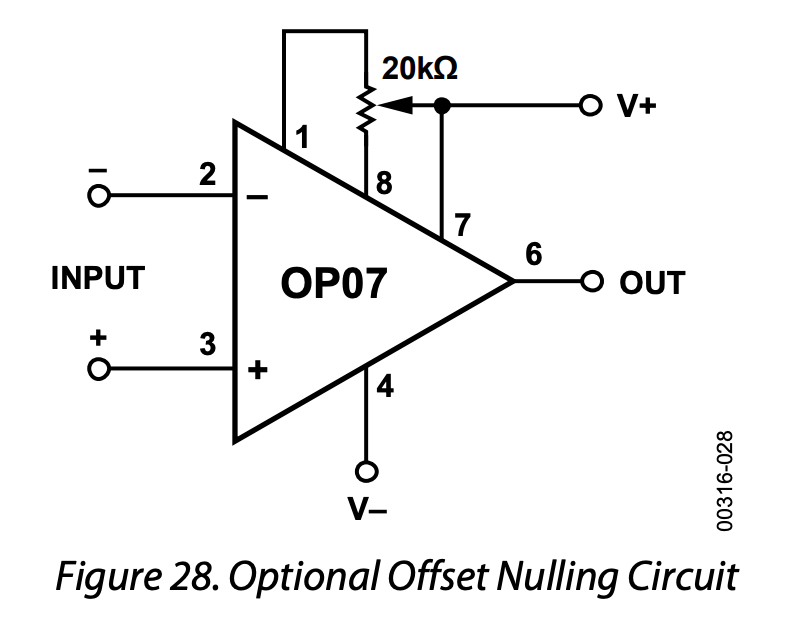
By applying a portion of the output to the inverting input, the gain is reduced to a sensible level. In closed-loop configuration, circuit performance is stabilized and becomes far more predictable. Positive feedback can be implemented for regeneration. In open-loop configuration (no negative feedback) the op-amp is a comparator. In the rarely used open-loop configuration, the device is said to be saturated when this difference is greater than the supply voltage. Because the output is fed back to the negative input, the device is non-inverting.ĭue to the enormous gain, a small difference between inputs causes the amplifier output to closely approach the supply voltage. Bottom, this op-amp has negative feedback. Top, this op-amp is open-loop because it has no feedback circuit. A type of differential amplifier with high gain, the differential inputs and single output enable this small, inexpensive IC to use negative feedback in a wide variety of applications, in which its gain (hundreds of thousands of times higher than the difference between the two inputs), bandwidth and input and output impedances are set by external circuitry. The solution to that knowledge gap is a compendium of useful circuits that you can reference when designing your next linear project.The operational amplifier (op-amp) has been one of the most successful integrated circuits. And it’s likely that you do NOT know them all. In fact, at this point, most common basic linear circuit needs and applications have been discovered. Most of us learned about the most popular circuits, such as the follower, inverter, the non-inverting amplifier, summer, and integrator-all still widely used.īut, as you know, hundreds or thousands more special circuits can be built with an op amp. It’s one of those basic things that they do teach you in school.

Virtually all EEs learn about op amps in college.
Burr brown op amp offset measuremet how to#
Furthermore, the specifications are so good that we often don’t have to worry so much about how to compensate for input offset voltages, bias currents, and other limitations. Now, of course, we have superior CMOS op amps with mega-bandwidth. And later on, who didn’t use the 741? It’s still around today. In the early 1970s, the first IC op amps came along.

I then introduced the company to the early solid-state op amps developed by Philbrick and Burr-Brown. They worked great, but those ☓00-V power supplies were just not appropriate for the truck-mounted mobile equipment I was making. These were the infamous K2Ws made by Philbrick. Then later in one of my first jobs, I was encouraged to use other vacuum-tube op amps that were on hand. I first encountered them in an old Heathkit vacuum-tube analog computer we used in college. Op amps have been around for over 70 years. There are some excellent online ebooks that can provide you with all of the latest hints and tricks to optimize and bullet-proof your design. Such an outcome can be achieved by enhancing your knowledge with an input of fresh new knowledge about these ubiquitous devices.

If you have experience in linear design with these devices, your end product will be a success. And with most applications being digital today, your design probably includes an ADC, either as an individual IC or integrated into your MCU. The op amp is your go-to device simply because it can be configured to perform almost any linear function. If you’re designing a linear circuit of any kind today, it most likely involves an op amp and even an analog-to-digital converter (ADC).


 0 kommentar(er)
0 kommentar(er)
